Fast charging technology has revolutionized the way we charge our devices. It serves as a convenient way to keep them powered up throughout the day. USB Power Delivery (or USB PD) is among the most popular universal fast charging standards. It juices up an array of devices in a short span of time via a USB connection.
In the past, USB came with limited charging capabilities and was used primarily for data communication. But recent technology advances have given USB an additional function that’s used even more commonly: charging devices such as smartphones and laptops.
The current generation of faster smartphone processors necessitate high-resolution displays. They also have always-on connectivity needs. This means that the demands on battery performance have grown significantly. This is where fast charging technologies like USB Power Delivery come in.
1. What Is USB Power Delivery?
USB PD is a single charging standard that can be used with all USB devices. Typically, every device charged by USB has its own distinct adapter, but USB PD has changed this. One universal USB PD can power a range of devices.
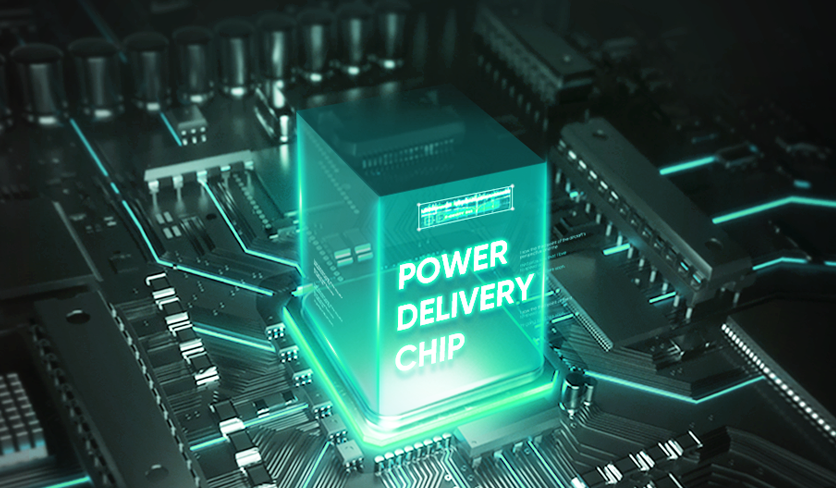
USB PD is delivered through a USB-C cord/cable equipped with several communication pins. These pins enable devices to determine the accurate amount of power. It is then transmitted to the charging device. This, in turn, prevents overcharging of the device. It also enables the quick transfer of power to the battery.
The cord comes with a reversible tip that fits in the device regardless of how you insert it. Unlike the older USB cords, it is capable of handling large volumes of current and voltage. This is why it can speed up charging.
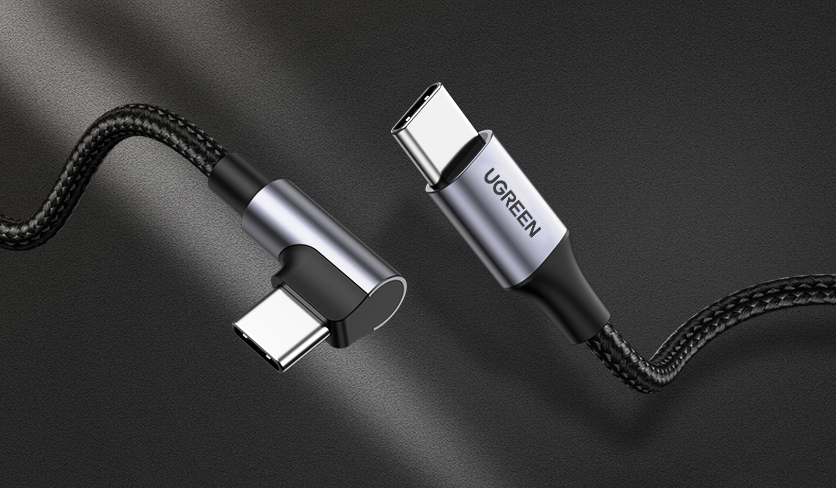
As USB PD is a universal USB charger, you don’t need to have different chargers for different devices. This eliminates the need for a new charger every time you buy a new device, which in turn, makes charging multiple devices not only convenient, but also cost-effective and clutter-free.
2. Benefits of USB Power Delivery
So what makes USB Power Delivery a leader in the world of fast charging technology? Apart from the fact that it works with most devices, it offers a variety of benefits that make it worth every penny. Let’s find out what they are.
- One of the biggest benefits of USB PD is the increased standard power levels of up to 100W.
- In a USB PD charger, the power direction isn’t fixed. This enables the device with the power (host or peripheral) to share power with other devices.
- A USB PD charger also manages power optimally across multiple It does so by allowing devices to absorb only the amount of power it needs. It can transmit more power when required.
- USB PD ensures that devices are not overcharged. The USB-C cable that connects Power Delivery is equipped with communication pins, which allow the receiving devices to communicate the precise level of power they need. Its Power Rules enable an array of current negotiations between the charger and the device.
- It enables intelligent and flexible management of power through hub communication with the device.
3. USB Power Delivery Versions
USB PD technology has come a long way since its inception. Let’s look at some of its different versions.
1. USB PD 1.0
USB Power Delivery 1.0 came out in 2012 and allowed power delivery up to 100W over one USB cable. USB PD 1.0 included specifications for compliant cables and connectors. It came in traditional USB connector shapes with minor differences to the internal wiring.
PD-compliant cables were compatible with most USB ports while standard USB cables needed to be connected to appropriate ports.
2. USB PD 2.0
Released in 2014, USB PD 2.0 introduced related power rules from USB PD 2.0 rev 1.2 and required the use of USB Type C connectors. The power rules need multiple normative voltages and current, enabling smoother power delivery and usage among devices.
3. USB PD 3.0
USB PD 3.0 was released in 2015. It allows the advanced use of Type C power capabilities and functionalities. One of the most noteworthy features of USB PD 3.0 is role swapping.
Consider this example to understand role swapping. A laptop that charges an external battery via USB is likely to get completely drained. Earlier, the only way to get the power back from the external battery was to remove and reconnect the cable. This worked only if the internal battery was connected through Type A (supplying power) and Type B (receiving power) ports.
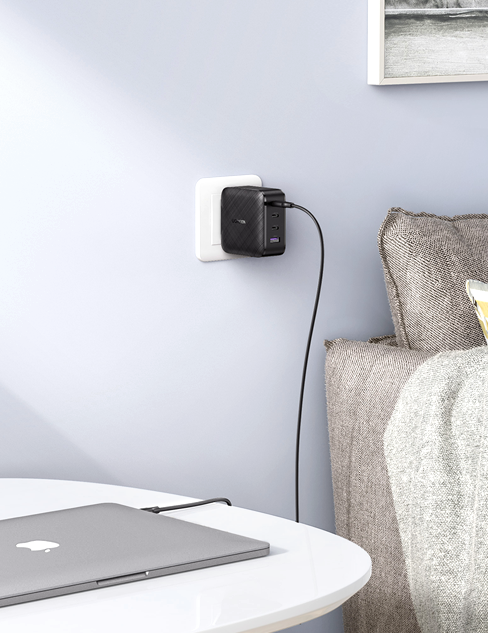
USB Type C charger eliminates this problem through role swapping. As long as the power conditions are met, the computer and the external battery can quickly swap roles. The laptop can become the power consumer instead of the provider. The battery would charge the other way. This would happen without the need for reversing the cable or using multiple ports.
Role swapping works not only with charging, but also with data communication. Further, data communication can take place without interruption as the power role changes. Simply put, data can continue to flow in a single direction even as the power direction changes.
4. Power Delivery versus Quick Charge
USB Power Delivery and Qualcomm Quick Charge are the leading fast charging technologies in the market. If you’re wondering about the differences between the two, read on.
a. Manufacturing
USB Power Delivery was developed by the USB Implementers Forum (or IF), a conglomerate of technology companies that set standards for the universal connections for electronic devices. USB PD can be found most commonly in Google Pixel Phones and some of the latest iPhone models.
Qualcomm Quick Charge is a proprietary standard developed by Qualcomm. Quick Charge technology provides greater power to compatible devices and powers them faster compared to standard USB chargers. It was the first fast-charging standard in the mobile market. It can be found in several Android-based phones, including the Samsung Galaxy models.
b. Speed
Both standards enable fast charging, and the difference in the speed is negligible.

What you need to consider is just the compatibility of your phone. There is no point in using a USB Power Delivery charger on an incompatible phone. It will result in charging speeds similar to using a standard charger that comes with your phone. If you have a Google Pixel or an iPhone that supports USB PD, get a USB Power Delivery-compatible charger. A Qualcomm Quick Charge charger will not produce such a result.
Currently, the iPhone does not come with a USB PD charger. A compatible USB PD charger will need to be purchased separately.
c. Compatibility
USB PD is a universal charger not limited only to smartphones. It supports a wide range of gadgets as long as there are a USB-C connector and a USB-C power controller on the client and host. The universal approach means these compatible gadgets can share cables and charging adapters.
Qualcomm Quick Charge is available in phones that come equipped with Qualcomm chipsets. Fortunately, the compatible devices are backwards-compatible with the old charging system.
d. Safety
The latest USB PD standards provide overvoltage protection, overcurrent protection, and over-temperature protection. It reduces the power supply when any of these conditions are detected while sending out an alert.
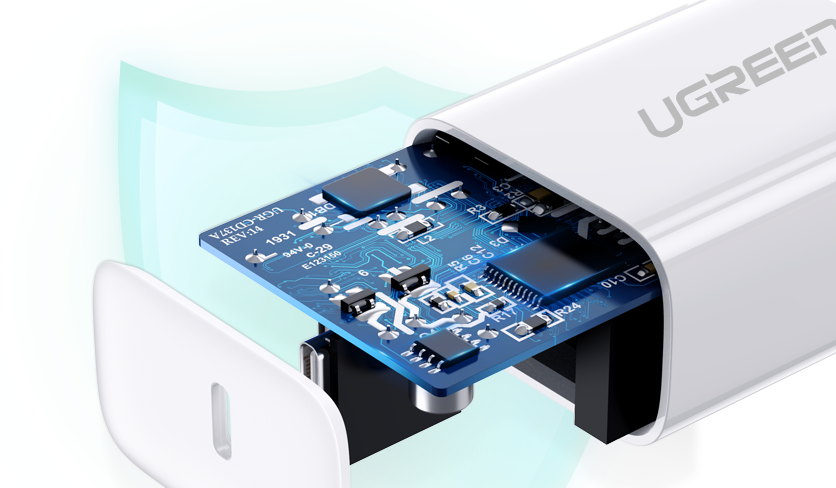
Quick Charge is aided by Intelligent Thermal Balancing. It moves the electric current through the coolest path automatically, eliminating potential hot spots and preventing the device from overheating.
It does so by determining the amount of power that should move through the charger and adjusting its flow to deliver the optimal amount of power to the receiving device’s battery. This mechanism allows the phone to consistently charge up to 3 degrees centigrade cooler.
5. Is PD the Same as USB-C?
Simply put, no. USB PD does operate with the USB-C connection. But, not all USB-C chargers are compatible with USB PD charging. You will need to look for the necessary markings to decipher if the charger is compatible.
Further, different types of USB chargers offer different speeds. For instance, USB Type-C (aka. USB-C or Type-C) charger is faster than USB PD 3.0 which is faster than USB PD 2.0. As USB technology upgrades, users constantly purchase new cables or devices. This generates tremendous amounts of e-waste. This is where USB-C PD comes into the picture.
As mentioned, USB-C (aka. Type-C) comes with a reversible tip, and there is no “up” or “down” orientation to follow. So, you need not worry about fitting the connector correctly into the port. Moreover, the USB-C (aka. Type-C) connector has a small size and slender design. Hence, it can be used with a variety of devices.
USB Type C charger also allows the power to move bi-directionally. So you can connect two phones that support Power Delivery with a USB-C fast charging cable. This allows one phone to charge the other.
What’s more? Some USB-C Power Delivery chargers can facilitate higher data transfer rates. They can also withstand bigger voltages and current. Power Delivery starts at the 5V setting and is configurable up to 20V. With the help of a USB-C cable, it can handle up to 60W, and even go up to 100W, if required.

6. How to Choose the Right PD Charger?
Now that you understand what USB PD is all about, here are a few tips that help you pick a suitable PD charger.
Different types of devices need varying PD input power. It is, therefore, necessary to consider the input power your device supports. This is crucial before choosing a PD charger.
Typically, PD chargers are classified into 18W, 30W, 45W, and 60W or above.
- 18W Power Delivery charger meets fast charging needs of smartphones and certain tablets
- 30W PD chargers can deliver full-speed charging for laptops and most tablets
- Not many devices have reached 45W
- Only laptops need 60W or more power
Another factor to consider is the number of ports. An increasing number of people are using more than one device. Hence, the demand for multi-port PD chargers is gaining ground. If you go for such a charger, make sure you don’t end up with more than you will actually use. Remember, more ports mean a higher price and more weight.
You should also factor in the total power output. A higher total output will allow you to push the maximum power on each port. You will be able to charge multiple devices at the same time, and at a faster speed.
The size of the PD charger may not matter to some. But, a compact one is always preferable as it is portable and can be taken anywhere without a hassle. Gallium nitride (GaN) technology has, therefore, been introduced in the fast charging field. It is being considered as a superior alternative to silicon.

GaN Charger is proving to be a more efficient fast charging solution. It loses less power than its silicon counterpart. Hence, the number of components required in a charger can be reduced to shrink the charger’s size. If your budget allows, go for a PD charger enabled with GaN technology.
Conclusion
As a fast charging standard, USB PD has evolved over time and transformed the way we charge our devices. It allows a wide range of devices to power up quickly. When used with a Type-C charger, devices can share their charges with each other without a hassle. In other words, it is a convenient, streamlined, and safe way to charge devices. High-performing smartphones and laptops are using more power. Hence, USB PD is all set to become increasingly common among users. With these advancements, we can look forward to a future where instant powering-up and sharing power are the norms rather than a novelty.



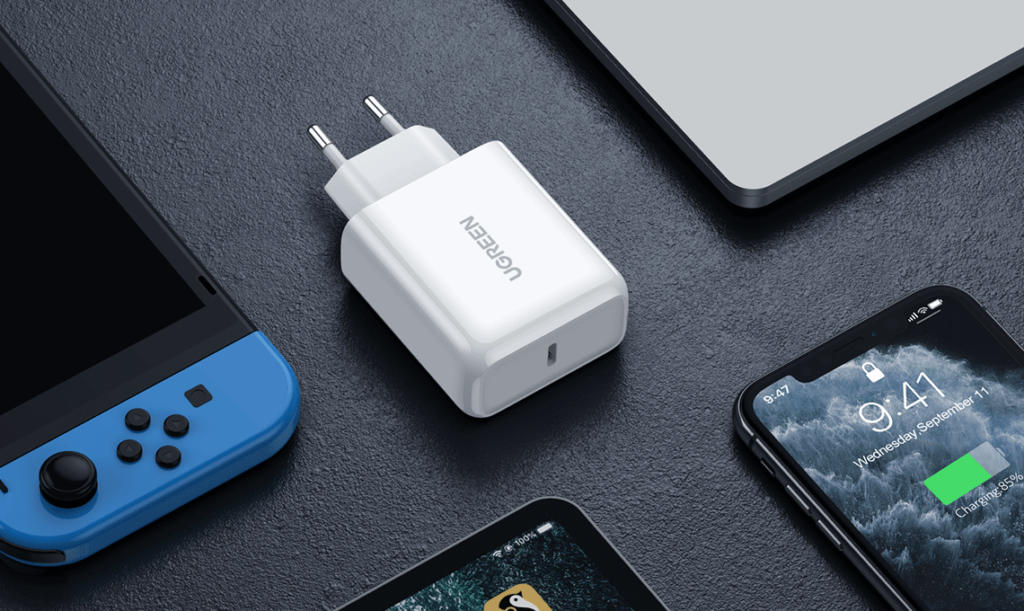
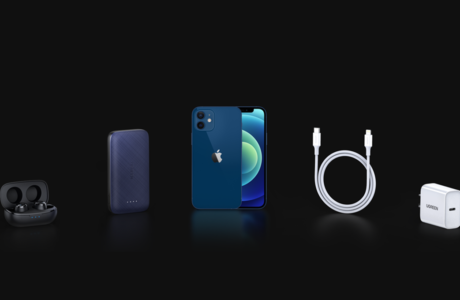
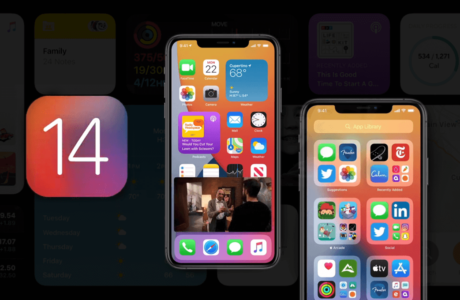

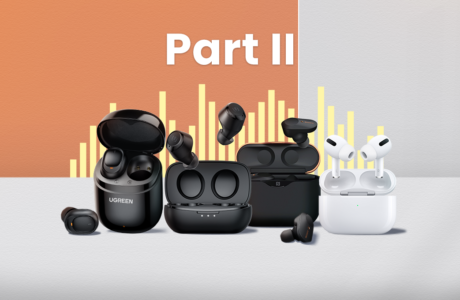
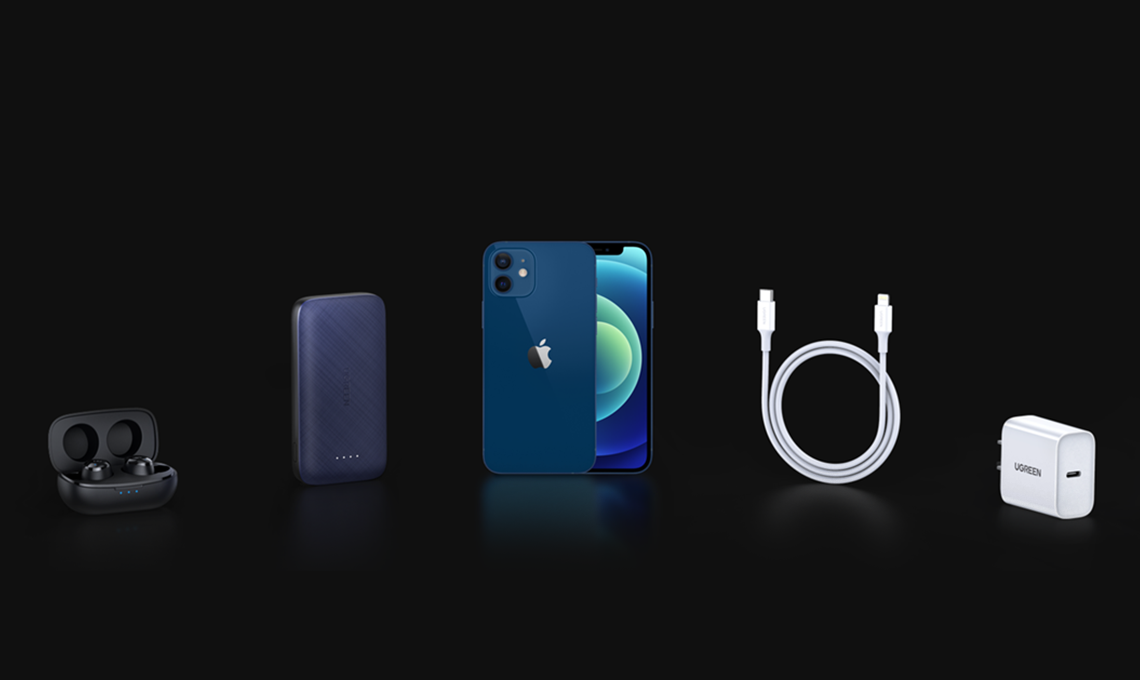
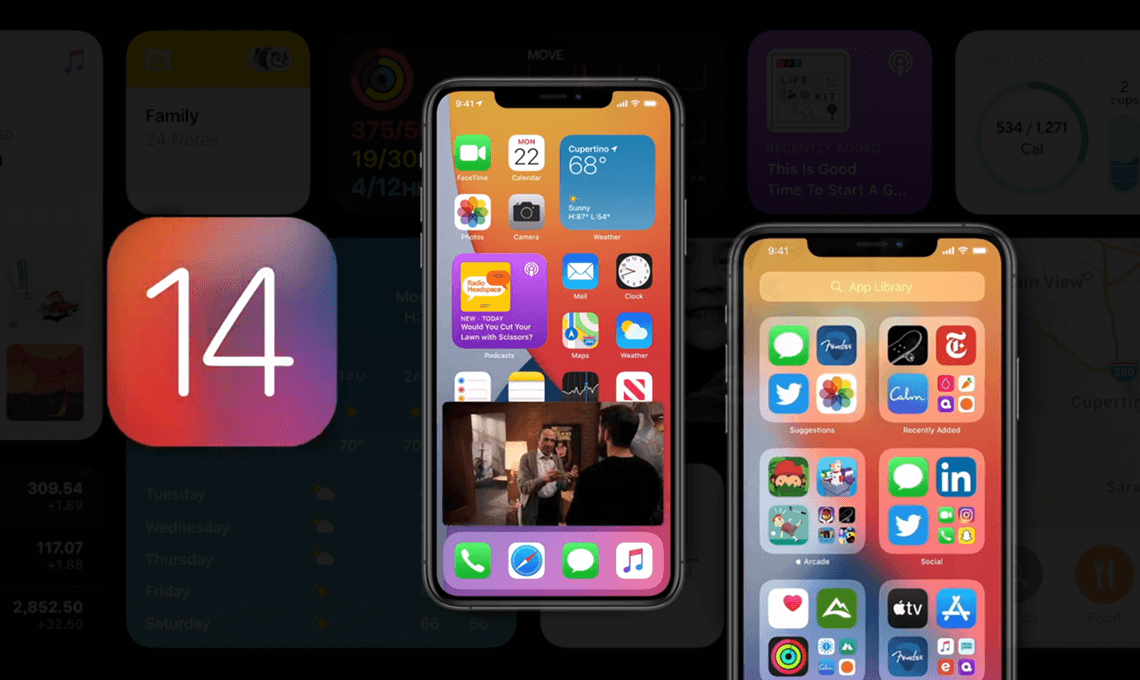




This is really useful! I now know how to pick the most suitable one